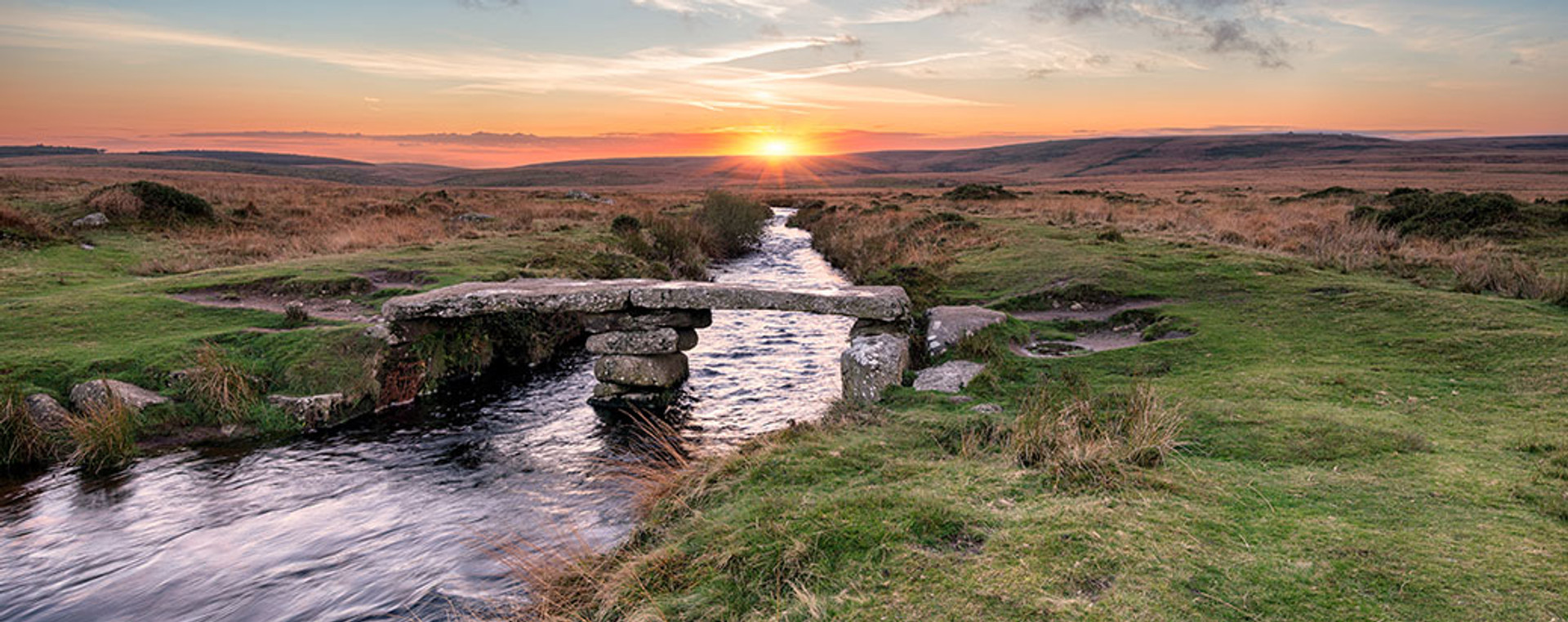When to the sessions of sweet silent thought
I summon up remembrance of things past,
I sigh the lack of many a thing I sought,
And with old woes new wail my dear time’s waste:
Sonnet 30 – William Shakespeare
It was a short day but a full one in every sense – full of sights and sounds and poignant memories.
We were joined for breakfast at Julian’s by an old beagling friend, Richard Hemingway, who lives in the same road as Julian and knows him well. It’s a small world!

Richard is a font of knowledge on flora and fauna, local history and religion. During the hour of the walk that he joined me for, we discussed everything from hunting to the mistranslation of the Greek phrase ‘metanoia’ as ‘Repentance’ rather than ‘Adopting a new mindset’ in the authorised King James translation of the Bible as well as the defeat of the Cornish rebellion in 1497 on the ridge above Guildford. Sadly Richard had to leave me as we entered Guildford.
I suspect that Richard’s departure was cunningly designed to avoid gut busting hill climbs, the first of which involved the ascent of Saint Martha’s Hill, also known as Martyr’s Hill after Thomas Becket. The hill rises 570 feet and gives a wonderful panoramic view over 7 counties.
John Bunyan, the author of Pilgrim’s Progress, who lived in Guildford, is said to have derived the idea of “The Hill of Difficulty” from the path leading from nearby Chilworth Manor to Saint Martha’s Church. Having slogged up it, I can see how he got his inspiration!

One of the features of this section of the Pilgrims’ Way is the extremely sandy soil – at times it almost felt as though I was walking through sand dunes and around the next corner the sea would appear!

I made good progress along the greensand ridge outside Guildford and descended into the picture postcard village of Shere, long thought of as one of the prettiest villages in England.

Sadly I couldn’t linger long in the village as I had a midday lunch appointment with old friends James and Sarah Hutton at Netley House, an imposing National Trust house visible from miles away.

It was great to catch up with James and his wife Sarah and reminisce about our time together at Oxford and chart the progress of our lives over the last 40 years. James has run a successful business from Netley House and specialises in the conservation and restoration of historic buildings.

I have always been intrigued by the ‘rot hounds’ that James uses to detect rot in historic buildings and was interested to read an article about them in the national press which appeared a few years ago, the content of which is appended below.
Two ‘useless’ dogs who were abandoned by their owners are now saving some of Britain’s most historic homes after being hired by the National Trust to sniff out dry rot.
Labradors Sam and Wilson have been specially trained to alert surveyors to damage which is invisible to the human eye in stately homes.
The so-called ‘rot hounds’ have already saved conservationists hundreds of thousands of pounds by leading them to the early signs of dry rot at National Trust properties.
The labradors are the only two professional dry rot sniffers in Britain and happily carry out their work in return for chocolate rewards

James’s wife Sarah is a priest who is active in the Surrey Hills district and regaled us over lunch with a number of interesting anecdotes including be8ng lead down the labyrinthine coridoors of the Vatican by Swiss Guards for a private an audience with the Pope! If I make it to Rome, I’ll hopefully be picking up my Pilgrim’s certificate from the Vatican!
After a delicious lunch, James bade me farewell and showed me a short cut from the back of his house up a path to rejoin the Pilgrims’ Way.
I was back on familiar territory, having spent much of my childhood living not far away near the small village of Headley, nestled on the North Downs near Box Hill.
I passed the pilgrim church on Ranmore Common (sadly closed to visitors) and descended through Denbies vineyard towards West Humble. Denbies is one of the largest vineyards in England and is situated on a spot where grapes have been grown since Roman times.

‘Surrey Gold’is one of their most popular wines made with a blend of Muller-Thurgau and Reichensteiner grapes and particularly good with cheese and spicy Asian dishes!

Denbies benefits from a geography that is very similar to the Champagne district of France. And as such, much of their production is a sparkling wine produced using the same method as champagne (which curiously enough was a technique invented in the UK).
From a good harvest, Denbies can produce up to 400,000 bottles of wine, about 10% of all the wine produced in the UK and they have around 20 grape varieties, including the Pinot Noir and Chardonnay grapes necessary for producing a champagne type sparkling wine.
Mark Eastwood had kindly offered to put me up for the night at his home in Dorking. He also kindly gave me a lift to Headley which gave me the opportunity to visit my parent’s memorial headstones in Headley churchyard. It was the first time since their memorial service that I had visited the graveyard. 10 years have passed and yet not a day goes by when I don’t remember them.
À la recherche du temps perdu.






Leave a comment